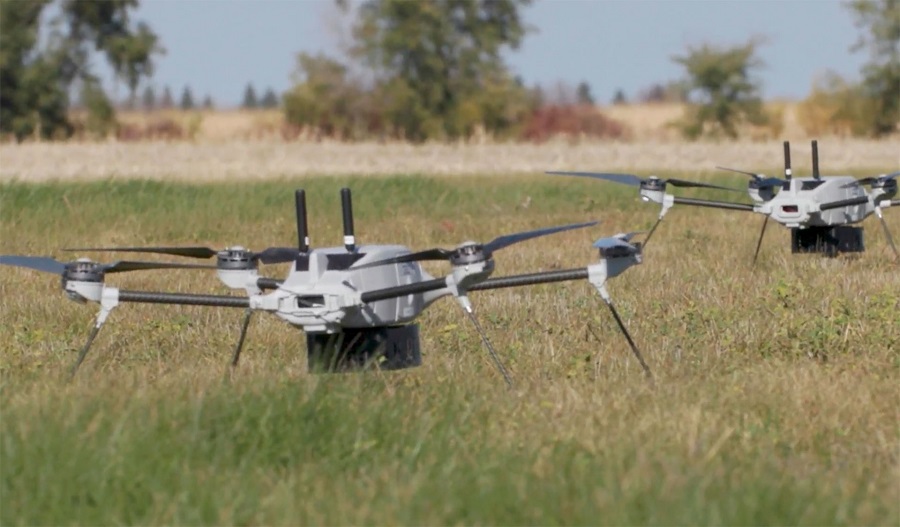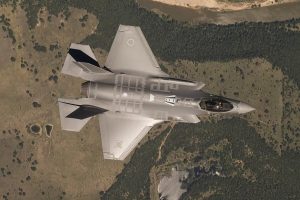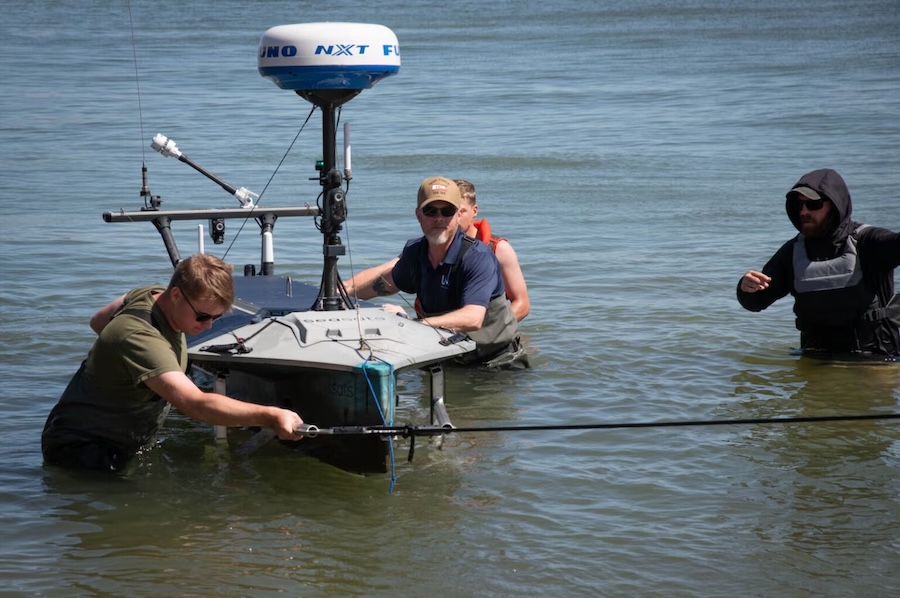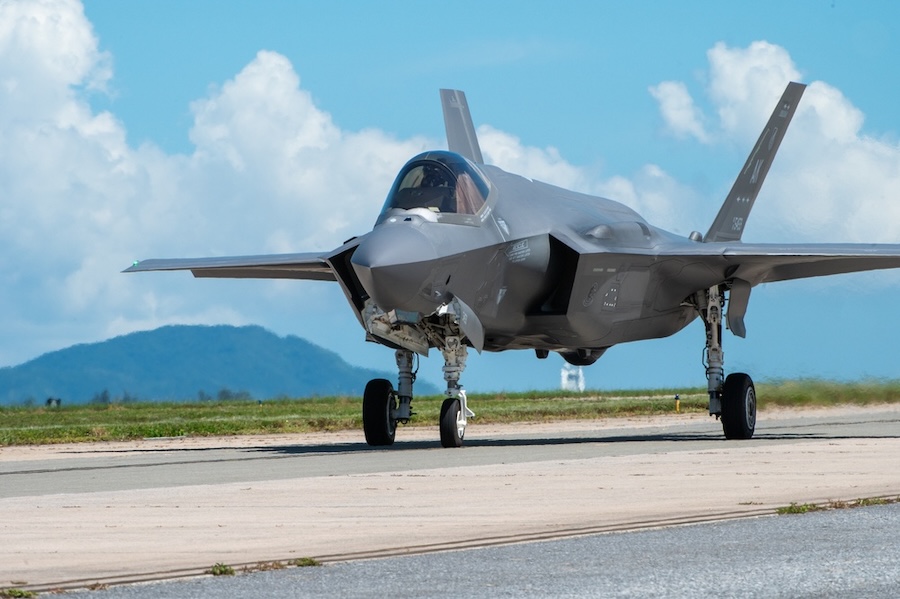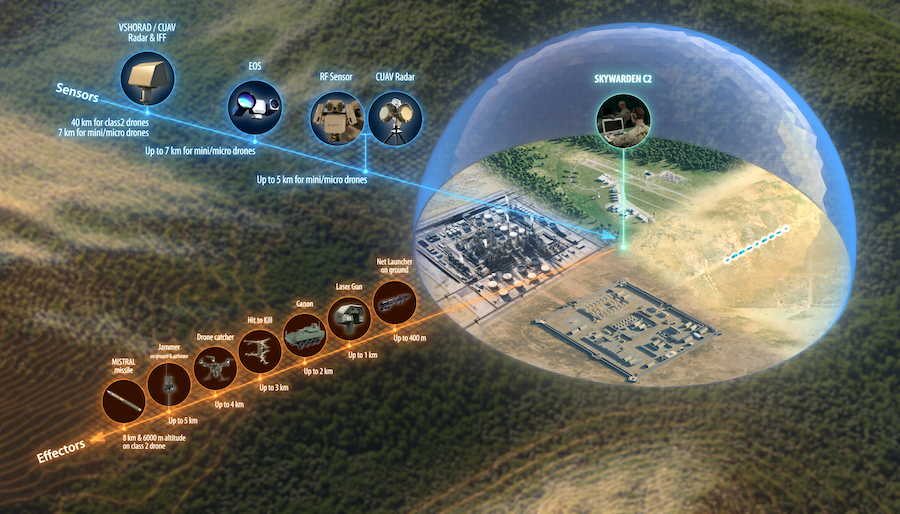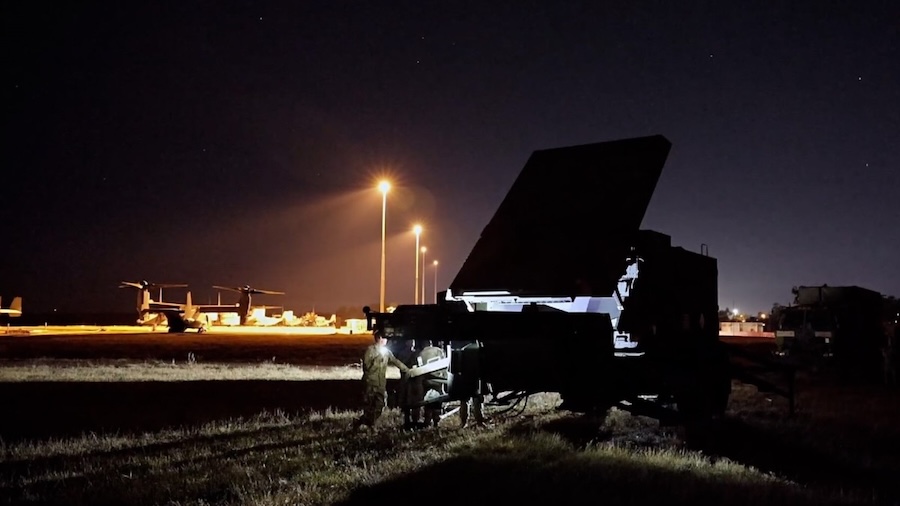The companies are working together to deliver smarter, more adaptable UAV swarms using Red Hat Device Edge (RHDE) technology. RHDE’s containerisation and modular architecture are being integrated with Lockheed Martin’s autonomous swarm operations on the Skunk Works Indago 4 quadcopter.
The Indago 4, a tactical UAV with 360-degree reconnaissance and surveillance capabilities, is now being enhanced with artificial intelligence and machine learning. These upgrades allow drone swarms to perform complex, multi-step tasks and to be re-tasked mid-mission in dynamic conditions.
“This work helps enable Uncrewed Aerial Vehicles to receive updated software modules on-the-fly, transforming the way we manage and update edge devices like UAVs,” said Lockheed Martin Program Manager Katie Gilmore. “This kind of technology is critical for missions of the future, giving drone swarms far greater capabilities to protect people and infrastructure real-time.”
The use of open architecture ensures that new technologies from a broad ecosystem of commercial, defence, and non-traditional suppliers can be rapidly integrated. This strategy enhances the tactical flexibility and responsiveness of UAV systems.
Lockheed Martin emphasises that the collaboration strengthens deterrence and supports mission readiness by allowing swarms to operate more efficiently over greater distances. The result is a more robust and scalable autonomous defence capability.
The integration of Red Hat’s technologies with Lockheed Martin’s platforms marks a key step in delivering next-generation solutions to military customers. It reflects the company’s focus on anticipating future needs through advanced system interoperability and technological innovation.
Source: Lockheed Martin.



